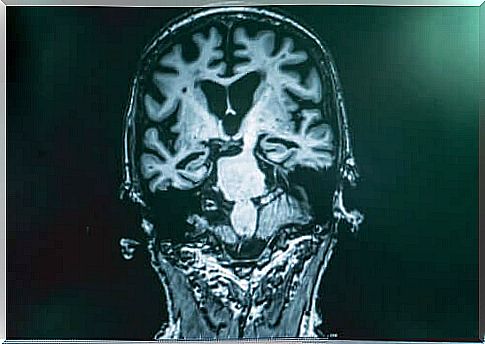Doctor Francisco Lopera And A New Way To Treat Alzheimer’s

Currently, in the world, there are five major researches that seek to develop drugs to treat Alzheimer’s. Four of them are being conducted in the United States, and one in Colombia. The latter is led by Doctor Francisco Lopera, who has been studying this disease for over 30 years and has already achieved impressive advances.
The difference between the work of Dr. Francisco Lopera and that of other researchers is the fact that, partly by luck and partly by arduous research, he found a new way to approach the disease. A path that has to do with genetic particularities observed in one of his patients.
Alzheimer’s is a type of dementia that causes intense suffering for those who suffer from it and for their families. The progressive loss of memory and of different functions is equivalent to a slow death of identity, of life projects, of being. Many people around the world expect, if not a cure, at least a more effective treatment than the current ones.

Dr. Francisco Lopera’s line of research
Dr. Francisco Lopera leads a research collaboration with the US National Institutes of Health, the Banner Institute, the Genentech company, and, more recently, specialists from Massachusetts General Hospital and the Schepens Institute for Ocular Research. The center of his work is located at the University of Antioquia (Colombia).
He spent a lot of time trying to develop a treatment for Alzheimer’s. Important advances have been made, but the drugs on the market are limited. Therefore, for some years, research has focused more on prevention than on cure.
There are now increasingly effective early detection methods. However, they are sophisticated procedures that, for now, are not available to anyone, being used only in research groups. It is likely that in the short term we will all be able to use them, which would be an important step.
a different path
Doctor Francisco Lopera has found a new line of research and probably treatment for Alzheimer’s disease. It all started in 1984, when he was a neurology resident. At his office, a patient who was only 47 years old arrived and was already in the advanced stage of the disease. Upon delving into his case, he learned that his father, grandfather, and uncles had also gone through the same problem.
This led him to trace a genealogy of this family and thus he found the first family group with a hereditary modality of Alzheimer’s. Then, as a researcher, he found two other families with the same characteristics. 11 years after the first discovery, his working group proved that it was Alzheimer’s and that, in this case, the disease was due to a mutation in a gene.
The years went by and new cases started to appear. In all of them, they found the same characteristic. It was called the “paisa mutation” because there were no other references in the world about it. However, the most impressive point had not yet arrived.

New Horizons
Doctor Lopera explains that, in Alzheimer’s, there is a kind of accumulation of “waste” in the brain. They are composed of a protein called amyloid. The fragments of this protein stick together and form something like a “glue” that sticks to neurons and triggers a cascade of failures. The other part of the “waste” is the tau, which involves the neuron, closes it and kills it. Tau is more harmful.
One of the patients treated by Dr. Francisco Lopera was part of one of the families that had the mutation, and she herself had it. However, unlike her relatives, she did not develop the disease early. His first symptoms only appeared after 70 years of age. It was a completely exceptional case and, therefore, studies focused on it.
After conducting detailed studies in Boston, experts found that the patient’s brain was full of amyloid, even more than in other cases. However, it had very little tau. The research showed that this patient had another mutation that inhibited the production of tau and, therefore, delayed the progression of the disease.
The discovery was published in the journal Nature Medicine and opened a new horizon for research. It is believed that, from the information collected from this patient, a gene therapy could be created, that is, something that would allow her to replicate her genetic information in other people. The possibility of developing a drug that would mimic the mechanism of protective mutation would also be contemplated.









